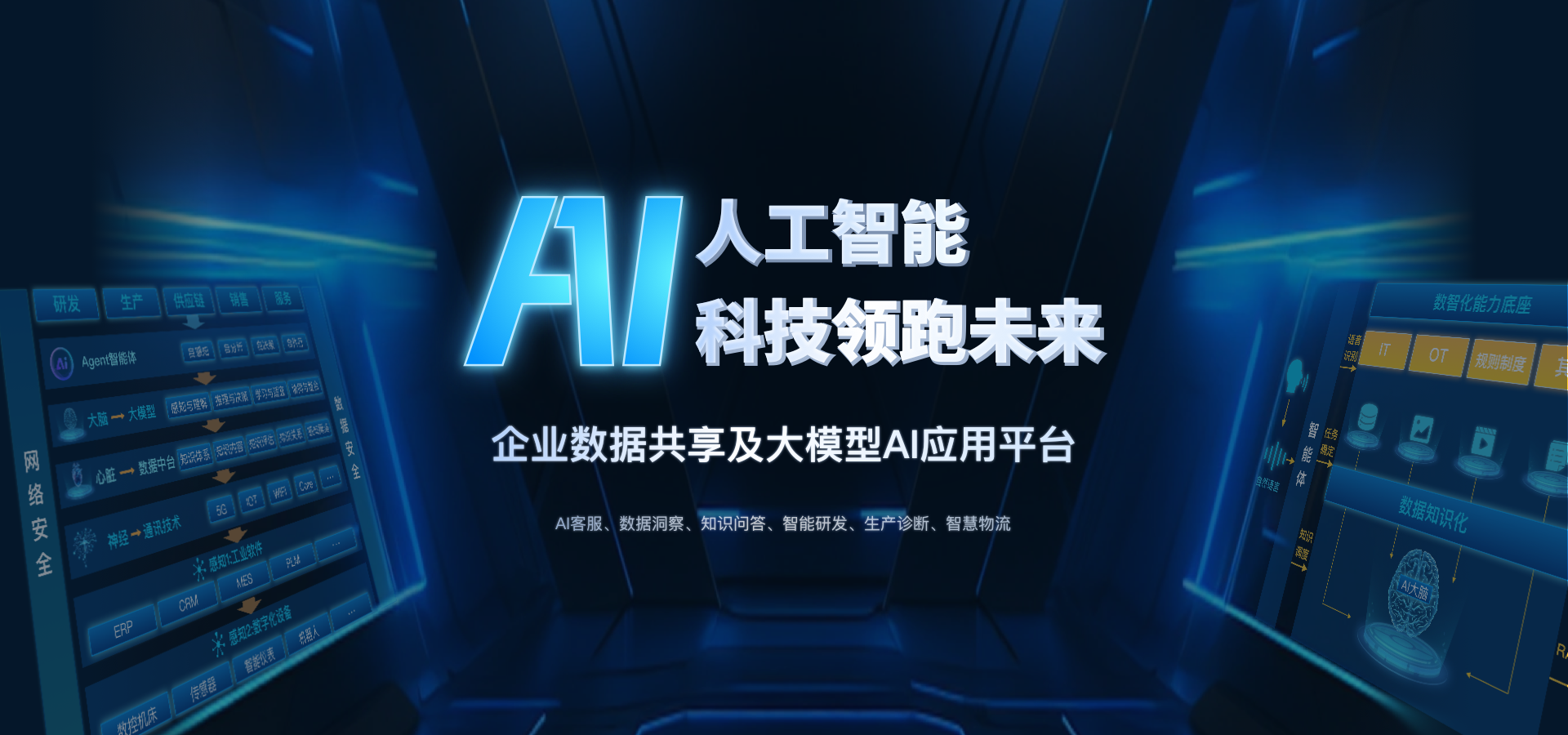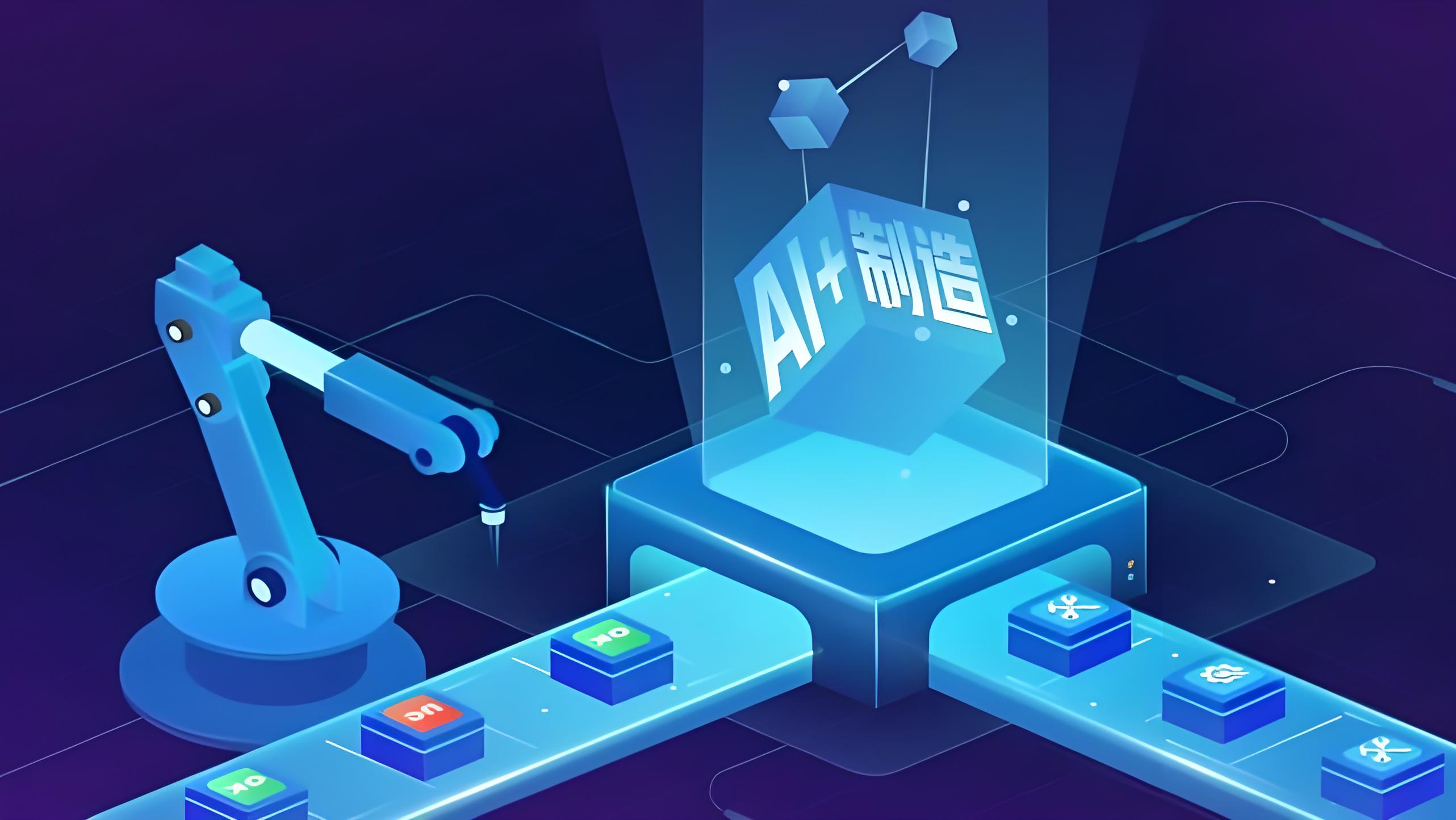In the manufacturing industry, China possesses a comprehensive industrial chain system, highly optimized cost and scale, well-developed infrastructure and logistics, and vast market potential. The integration of generative artificial intelligence (AI) with manufacturing is expected to become a key direction for new productive forces in the next phase of China's industrial development.
This article explores the limitations of generative AI in manufacturing. As generative AI has evolved from early theoretical explorations to neural networks, statistical models, deep learning, generative adversarial networks, and variational autoencoders, the emergence of large-scale pre-trained models based on the Transformer architecture has significantly improved the quality and applicability of generated data, laying a solid foundation for industrial applications. However, current generative AI faces issues such as technological homogenization and challenges in integrating with manufacturing data modalities. Additionally, there are significant differences in business logic and corporate culture between the two industries.

01. Transformer Architecture and the Issue of Technological Homogenization
Large language models based on the Transformer architecture rely heavily on similar, repetitive attention mechanisms, leading to various limitations across the industry:
Innovation Bottleneck and Technological Stagnation: Over-reliance on the Transformer architecture may hinder the exploration of new architectures and mechanisms, potentially limiting breakthroughs in specific application scenarios.
Propagation of Inherent Limitations: The Transformer architecture has fundamental drawbacks such as high computational complexity, difficulties in handling long-distance dependencies, and insufficient hierarchical modeling, which could lead to redundant research efforts across industries.
Limited Domain Adaptability: Pre-trained Transformer models are fine-tuned for specific tasks but may lack the flexibility needed for manufacturing processes that require an understanding of physical principles and dynamic changes.
Ecosystem Risks and Competitive Pressures: Industry-wide dependence on a single architecture could lead to monopolization, resource imbalances, and heightened sensitivity to security, stability, and regulatory risks.
02. Differences Between Social Activity Data and Manufacturing Data
Generative AI has made significant advancements in processing text, images, and videos but struggles to handle manufacturing data due to fundamental differences:
Data Type Differences: Manufacturing data is highly structured, time-series-based, and sensor-driven, unlike unstructured or semi-structured social activity data.
Challenges in Data Collection: Manufacturing data is often proprietary and confidential, limiting the ability to accumulate diverse and extensive training datasets.
Insufficient Modeling of Physical Laws and Process Constraints: Generative AI lacks a deep understanding of physical laws and engineering principles, which may result in generated outputs that fail to meet industrial standards.
Challenges in Real-Time Processing and Stability: Manufacturing requires high-precision, real-time decision-making, but generative AI models often involve computational delays and unpredictability, raising concerns about safety and production risks.
Limited Adaptability and Generalization: Existing generative AI models are primarily designed for general applications, requiring extensive domain-specific fine-tuning to be effective in manufacturing settings.
ZQSOFT's ZQ-AI is dedicated to overcoming these challenges by integrating domain-specific knowledge with AI models to enhance manufacturing intelligence.
03. Differences in Business Logic and Corporate Culture Between AI and Manufacturing
Beyond technical challenges, generative AI and manufacturing differ in business logic and corporate culture:
Different Business Goals: Manufacturing prioritizes cost control, efficiency, and long-term reliability, whereas generative AI businesses focus on rapid innovation, market expansion, and scalability.
Divergent Professional Backgrounds: Manufacturing professionals emphasize standardized processes and stability, while AI engineers prioritize algorithmic breakthroughs and experimental approaches.
Contrasting Decision-Making Processes: Manufacturing follows a hierarchical, risk-averse decision-making structure, while AI companies adopt flexible, agile development models.
Differing Risk Management Approaches: Manufacturing industries demand rigorous validation of new technologies, while AI industries embrace rapid experimentation and iterative development.

For generative AI to be effectively integrated into manufacturing, organizations must address both technological and cultural gaps. ZQSOFT’s ZQ-AI aims to bridge this divide by developing AI-driven manufacturing solutions that balance innovation with industrial reliability. Future discussions will focus on strategies to overcome these limitations and explore new technological and managerial approaches.